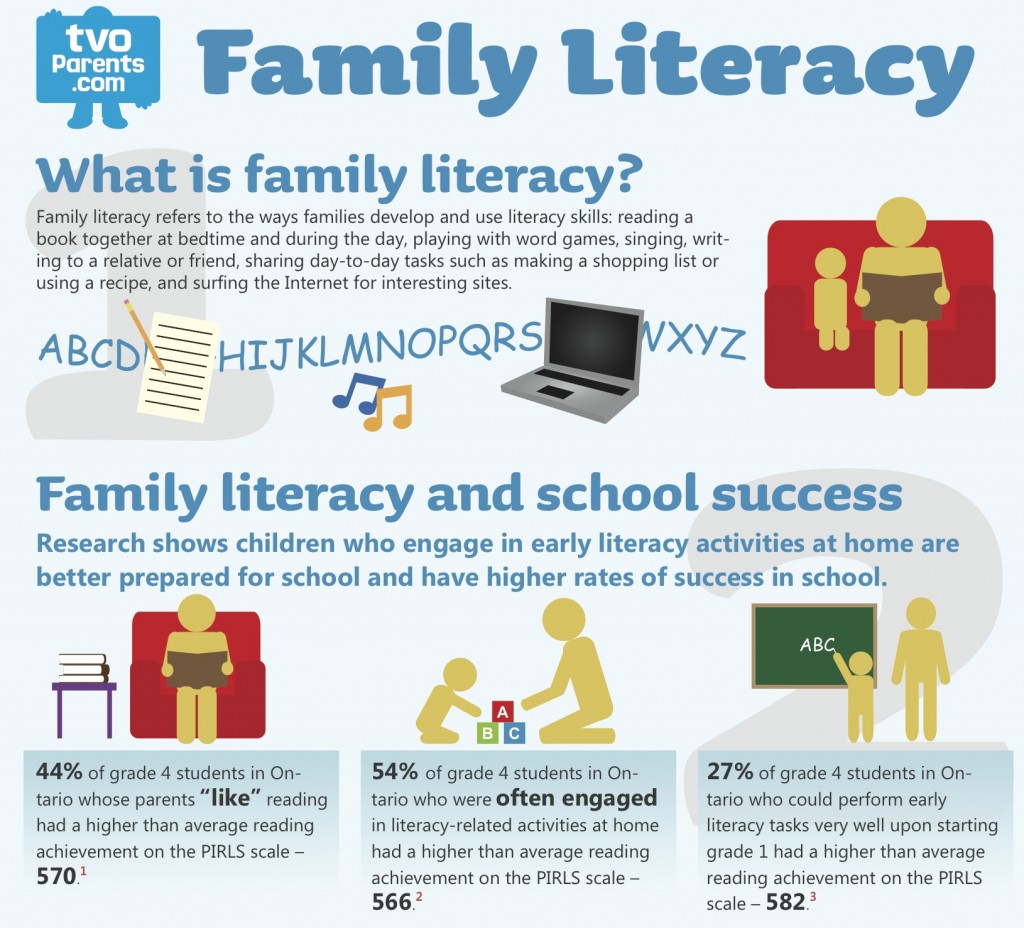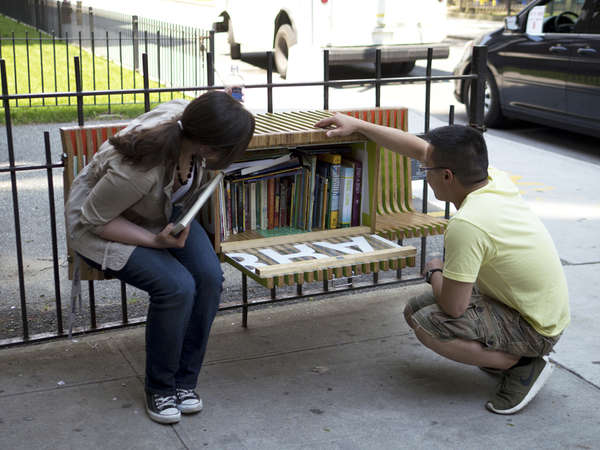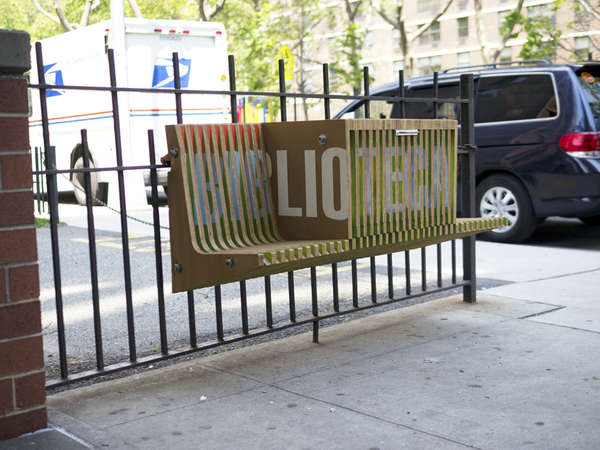Creative Ways to Embrace Literacy Artifacts to Promote Language
An artifact doesn’t just have to be a fossil or a museum relic. An artifact from a literacy standpoint is as easy to come by as ABC blocks or musical Leapfrog toys and essential for reading and language development, especially in the early years. Literacy artifacts are objects or possessions such as newspaper print, magazine, building blocks, nursery rhymes or other items a child might be surrounded with to encourage reading. Literacy artifacts are only successful, however, if adults and teachers model them and show children how letters come together to read words and then string those words together. Adults might also model and point to a string of words and letters from left to right to show children how we read. Teachers must point to and model literacy experiences with their child, particularly in the early years. If this seems a bit daunting, check out some creative literacy artifacts for some inspiration.
Around Town
Talk about creative ways to find literacy artifacts in your own backyard, have you ever seen a book filled bench? Well now in New York, you can. Thanks to the Little Free library, people can enjoy convenient books on-the-go in public spaces, for free! The bench can look a little like an illusion at first, but at second glance one can easily see that the bench space filled with books. If you saw this with your child around town, wouldn’t it be a great time to read the word, “library” across the front and find a new book? Of course the books might not all be for children, but the point is to highlight and note words wherever you can find them.
If you’re not in New York where the book benches are, you can still highlight literacy artifacts in your town. Think of all the signs you could see on storefronts, both names of stores and sale signs. Point them out! If it’s a new store, have the child name the first letter and guess the name. If it’s a familiar store, encourage the child to read the sign. Some children might already know a store because it’s familiar, but don’t pay attention to the lettering on the sign. Try to highlight the logo as best you can.
In the House
Around the house, classic examples of literacy artifacts include books and magazines. Now days this might include iPad books but lets put technology aside.
But what about around the kitchen? If you think of all the print in the kitchen, you might see what a great place it is to model reading. Labels are on packages, on recipes, cookbooks or even on the microwave buttons. While cooking, highlight names of food products on the printed packages. If the child is cooking with you, encourage them to look at the recipe book and also highlight how numbers will help you know how much to add. Some children might be able to match numbers to measuring cups if given some help.
In the tub or outside, get some foam ABC letters that become quite sticky when went, and plaster them around the environment. In the tub or outside, make a game of blasting the letters with the hose or a good splash! You could tell the child, “Look, you got the letter X.” Some creative ideas are even to go fishing with the letters and see which one you caught!
To the extent possible, encourage and promote a world of print for little ones in any way that you can.






